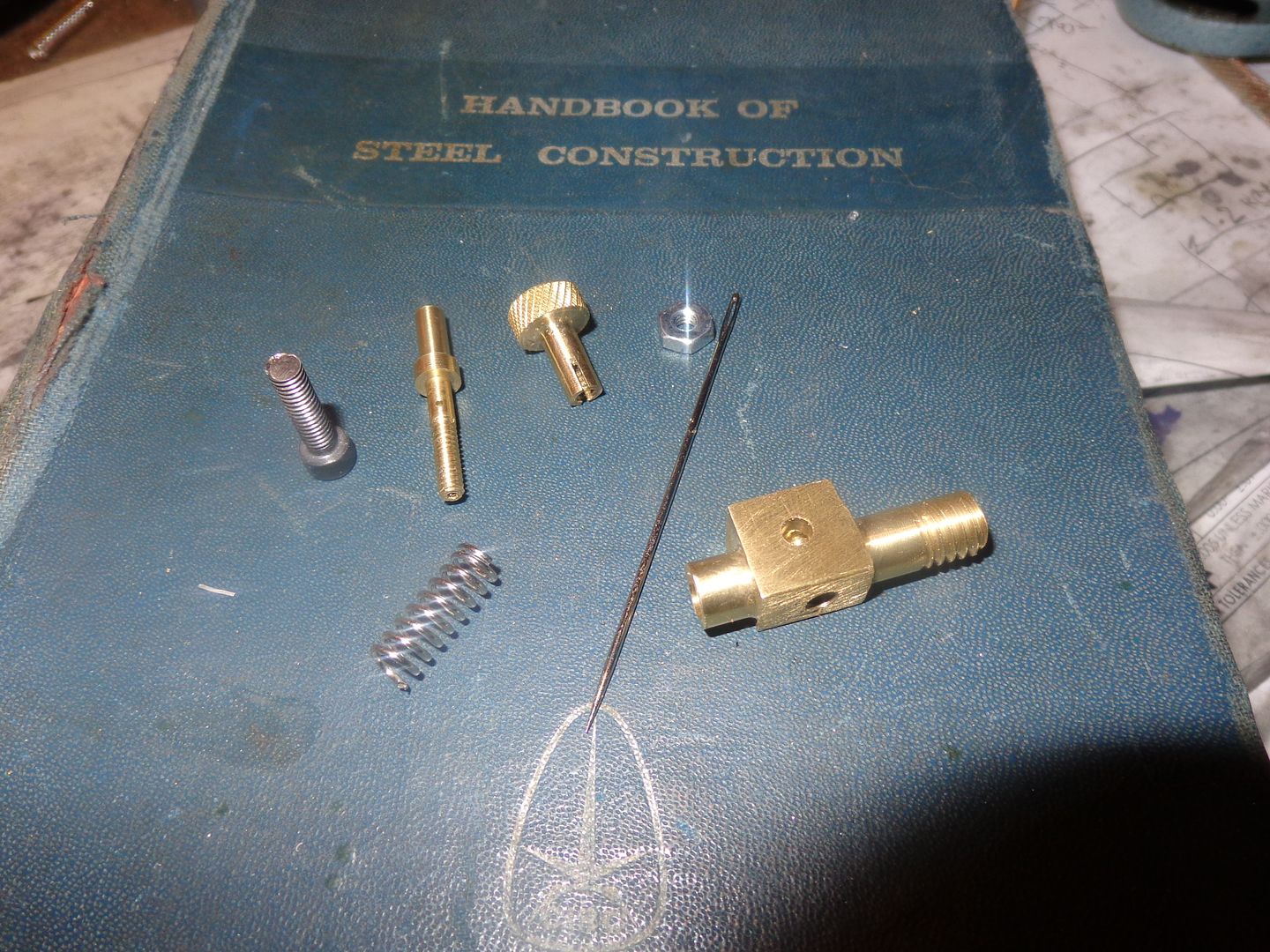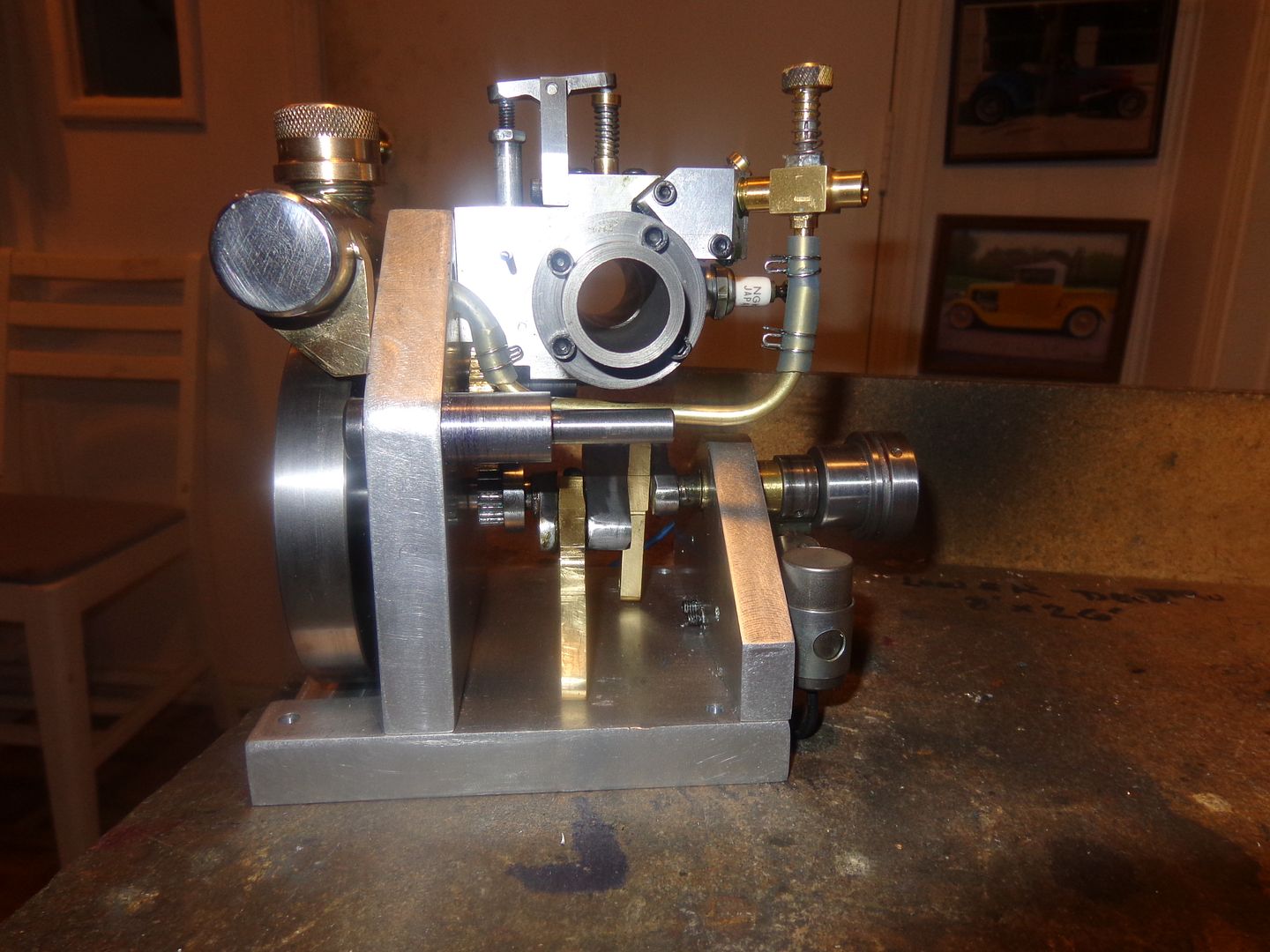BaronJ
Grumpy Old Git.
I've had a couple of bad scares when starting these small hit and miss engines without the governor hooked up, and had the engines "run away"--that is rev up uncontrollably until I could either pull the sparkplug wire or get my finger over the carb throat to "choke it to death"--sure gets the old adrenalin flowing!!!
I'll bet it does...
Anyway nice set of broaches. I keep threatening to treat myself to some, but I don't have any spare arms n legs.




















































![DreamPlan Home Design and Landscaping Software Free for Windows [PC Download]](https://m.media-amazon.com/images/I/51kvZH2dVLL._SL500_.jpg)










